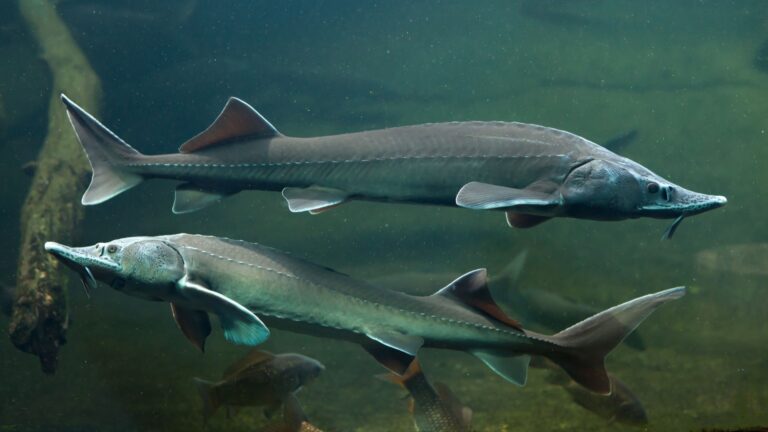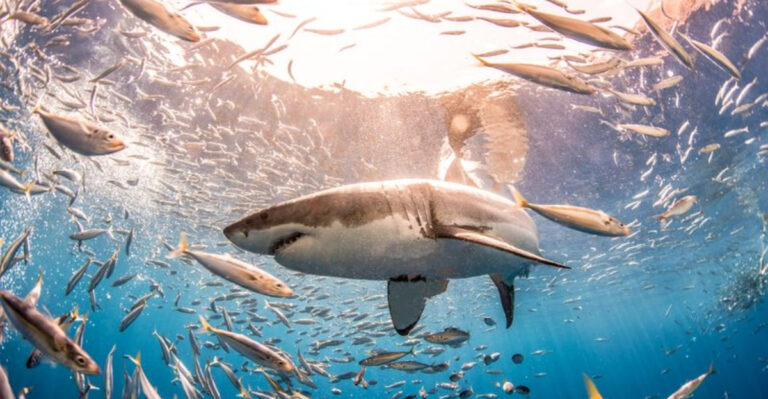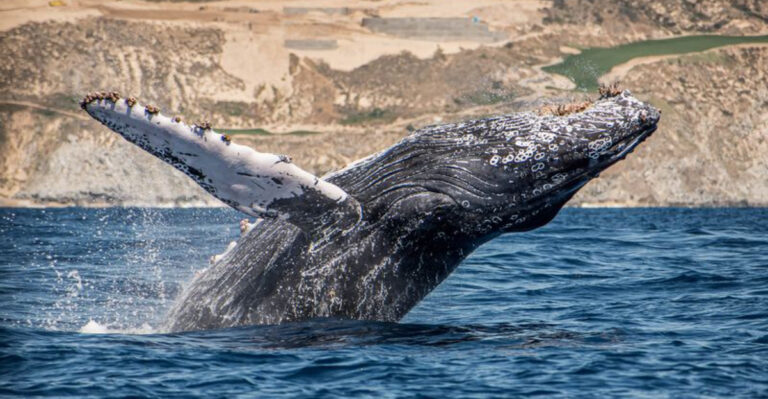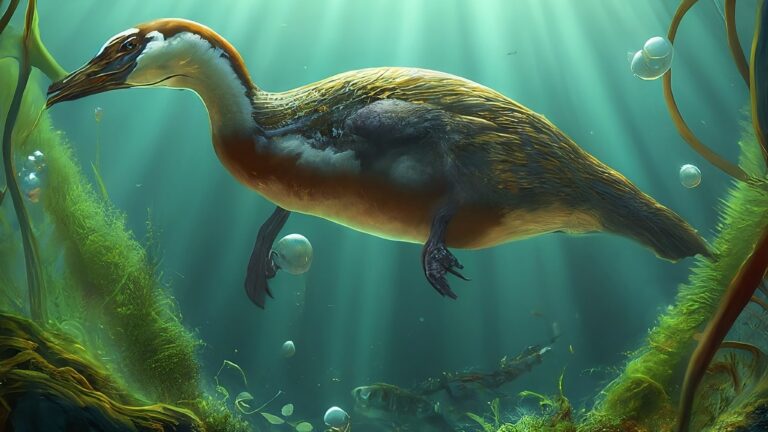10 Most Common Animals Found In The Amazon Rainforest
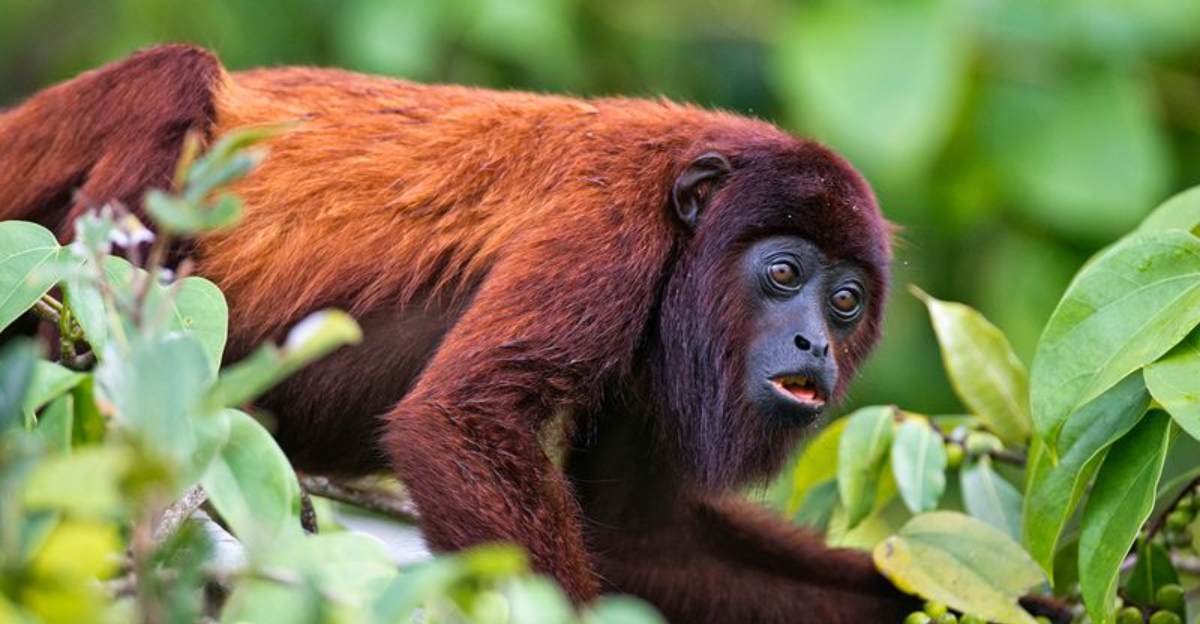
The Amazon rainforest teems with incredible wildlife, hosting more species than any other ecosystem on Earth. This vast jungle spans nine countries and contains one-tenth of all known plant and animal species worldwide.
From colorful birds to stealthy predators, the creatures that call this rainforest home have adapted perfectly to life among the towering trees and winding rivers.
Let’s explore some of the most frequently spotted animals that make the Amazon such a remarkable place.
1. Capybaras – The Gentle Giants

Standing as the world’s largest rodent, capybaras roam the Amazon’s riverbanks with their barrel-shaped bodies and friendly expressions. These social creatures live in groups of 10-20 and communicate through purrs, whistles, and barks.
Their webbed feet make them excellent swimmers, often submerging completely underwater to escape predators. They can hold their breath for up to five minutes!
Local communities respect capybaras for their peaceful nature and important role in maintaining wetland ecosystems. These vegetarians spend their days grazing on aquatic plants and lounging in muddy pools to keep cool in the tropical heat.
2. Scarlet Macaws – Rainforest Rainbows

Flying high above the Amazon canopy, scarlet macaws flash their brilliant red, yellow, and blue feathers like living rainbows. These intelligent birds form lifelong bonds with their mates, raising their young together in hollow tree cavities.
Their powerful beaks crack open tough nuts and seeds that other animals can’t access. Watch them in the wild and you’ll notice how they use their feet almost like hands!
Morning and evening, the forest fills with their loud squawks as flocks travel between feeding and roosting sites. These magnificent birds can live up to 75 years, making them among the longest-lived birds in the world.
3. Poison Dart Frogs – Tiny But Deadly
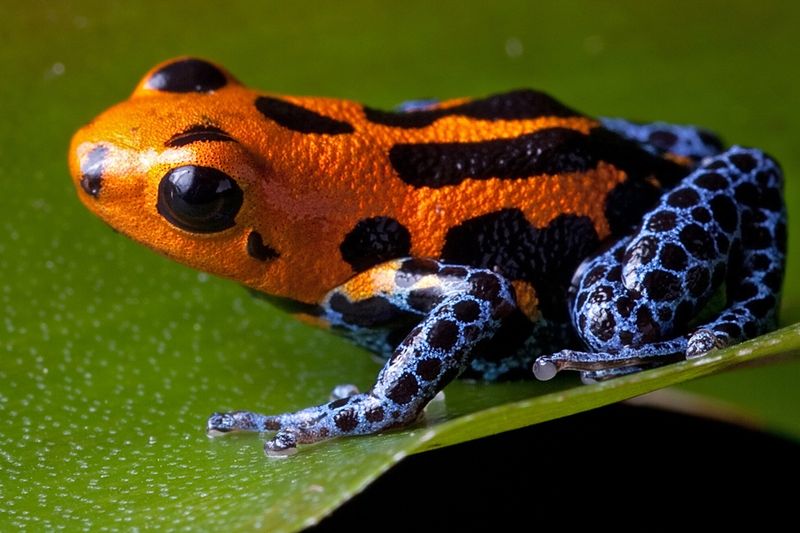
Don’t let their small size fool you – these brightly colored frogs pack a powerful punch! Their skin secretes toxins so potent that indigenous tribes use it to coat blowgun darts for hunting. The golden poison dart frog contains enough poison to kill ten grown men.
Interestingly, these frogs aren’t born poisonous. They develop their toxicity from the specific insects they eat in the wild.
Despite their deadly reputation, poison dart frogs are attentive parents. Males guard the eggs, and once hatched, they carry the tadpoles on their backs to small pools of water collected in plant leaves where they can develop safely.
4. Three-Toed Sloths – Masters Of Slow Living
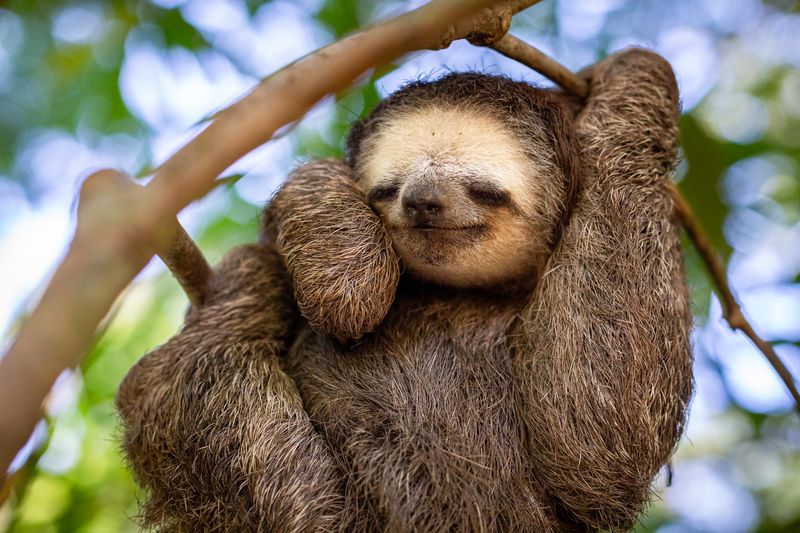
Moving at a pace that makes snails seem speedy, three-toed sloths have perfected the art of energy conservation. These fuzzy creatures spend nearly their entire lives hanging upside-down from tree branches, even sleeping, eating, and giving birth in this position!
Their fur hosts an entire ecosystem of algae, moths, and beetles. The greenish tint from algae provides excellent camouflage against predators like harpy eagles.
Once a week, sloths make their dangerous journey to the forest floor to poop – a risky but necessary trip. Their specialized stomachs take nearly a month to digest a single meal, explaining why these animals move so slowly to conserve every bit of energy.
5. Black Caimans – Ancient River Masters

Ruling the rivers and lakes of the Amazon, black caimans strike fear into nearly every creature that crosses their path. These reptiles can grow up to 20 feet long, making them the largest predator in the Amazon ecosystem.
Ancient relatives of dinosaurs, black caimans have remained virtually unchanged for millions of years. Their armored bodies and powerful jaws allow them to hunt fish, birds, and even capybaras.
Female caimans show surprising tenderness toward their young, carrying newly hatched babies in their mouths to protect them from predators. At night, their eyes glow red when caught in light, creating an eerie scene on midnight river expeditions.
6. Pink River Dolphins – Mysterious Water Legends
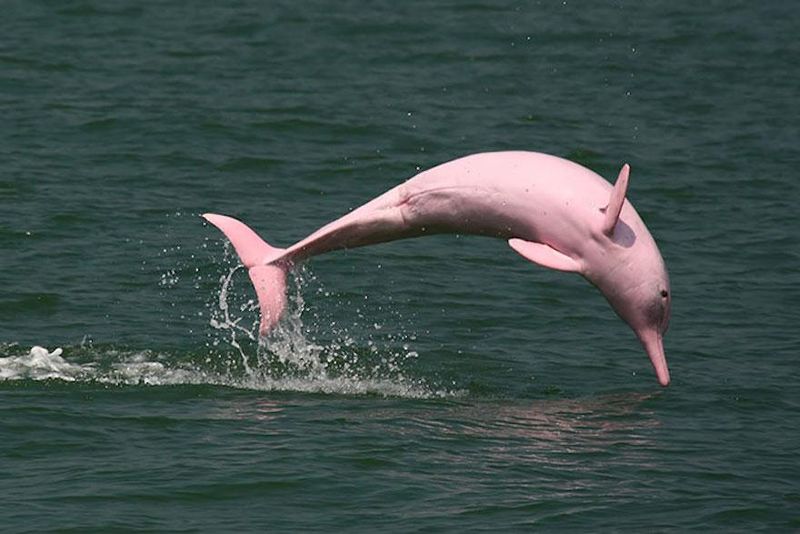
Swimming through murky Amazon waters, pink river dolphins appear like creatures from a fairy tale with their rosy hue and friendly smiles. Unlike their ocean cousins, these dolphins have unfused neck vertebrae allowing them to turn their heads 180 degrees – perfect for navigating flooded forests.
Local legends tell of dolphins transforming into handsome men at night to seduce village women before returning to the river at dawn. Many fishing communities consider harming them bad luck.
Scientists believe their pink color comes from blood vessels near the skin surface and scar tissue from fighting. These highly intelligent mammals use echolocation to find prey in the muddy waters where visibility is often zero.
7. Giant River Otters – Playful Pack Hunters
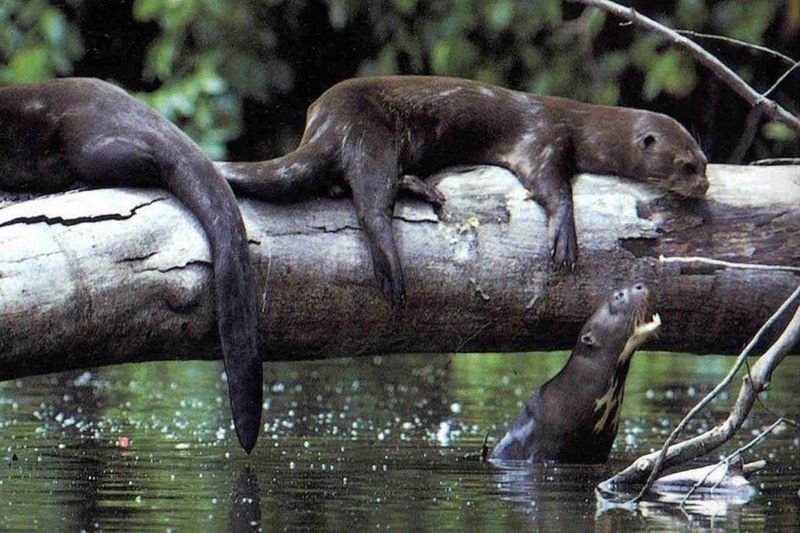
Reaching lengths of up to 6 feet, giant river otters earned their name honestly – they’re the largest otters in the world! These social animals live in family groups of 3-10 members, communicating through an impressive vocabulary of sounds including barks, whistles, and screams.
Despite their playful reputation, they’re formidable predators. A family group can take down caimans and anacondas when hunting together.
Each otter has a unique throat pattern, like a fingerprint, allowing researchers to identify individuals. Unfortunately, these charismatic mammals face serious threats from habitat loss and pollution. Their populations have declined by more than 50% in recent decades, making conservation efforts crucial for their survival.
8. Jaguar – The Rainforest’s Perfect Predator
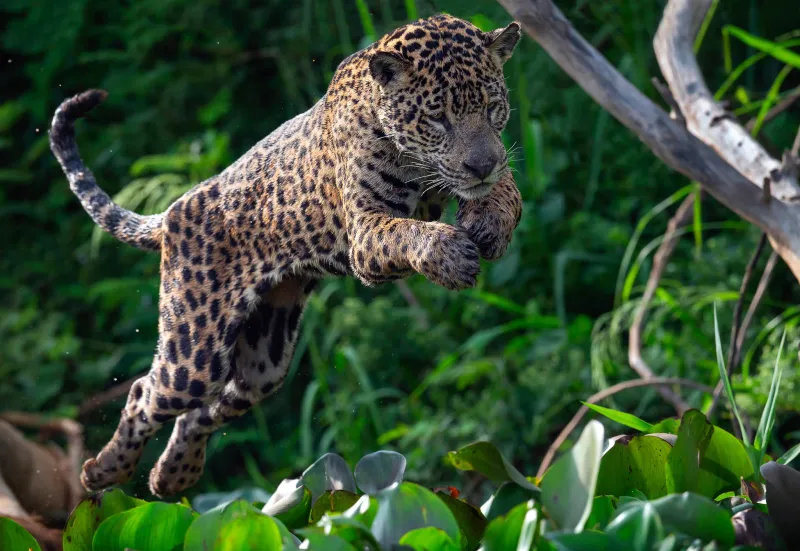
Muscular and majestic, jaguars reign as the Amazon’s apex predator. Their distinctive spotted coats provide perfect camouflage among the dappled shadows of the forest floor. Unlike other big cats, jaguars kill prey with a unique skull-piercing bite rather than a throat hold.
These powerful swimmers don’t avoid water like most cats. They regularly cross rivers and hunt aquatic prey like caimans and turtles.
Ancient Amazonian cultures revered jaguars as sacred beings with supernatural powers. Their name comes from the indigenous word ‘yaguar’ meaning ‘he who kills with one leap.’ Despite their fearsome reputation, jaguars rarely attack humans and prefer to avoid contact with people whenever possible.
9. Howler Monkeys – Nature’s Loudest Voices
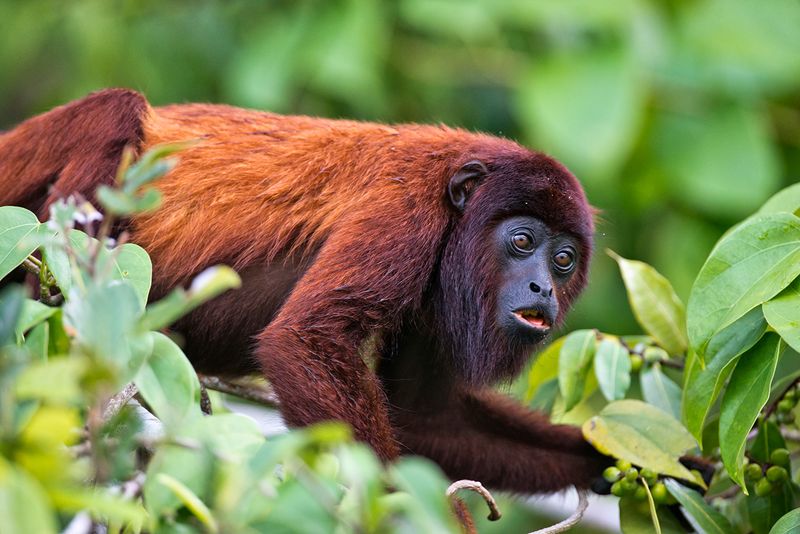
Wake up in the Amazon and you’ll likely hear the thunderous calls of howler monkeys echoing for miles through the forest. Their specialized vocal cords and enlarged throat bones create roars that can be heard up to three miles away – making them the loudest land animals on Earth!
Living in troops of 10-15 individuals, these monkeys spend most of their time in the upper canopy. Their prehensile tails act as a fifth limb, allowing them to hang from branches while reaching for food.
Despite their intimidating sounds, howler monkeys are peaceful vegetarians, munching mainly on leaves, fruits, and flowers. They play a vital role in forest regeneration by dispersing seeds throughout their territory.
10. Bullet Ants – Tiny Terrors With Mighty Stings

Looking like ordinary ants but packing extraordinary pain, bullet ants earned their name from their sting – said to feel like being shot! Scientists rank their venom as producing the most painful insect sting in the world, causing waves of burning, throbbing agony that can last 24 hours.
Growing over an inch long, these giants of the ant world build nests at the bases of trees. Workers forage throughout the rainforest floor and canopy searching for nectar and small insects.
Amazingly, some indigenous tribes use bullet ants in coming-of-age ceremonies. Young men must wear gloves filled with hundreds of these ants for 10 minutes without making a sound – a truly excruciating test of endurance!

